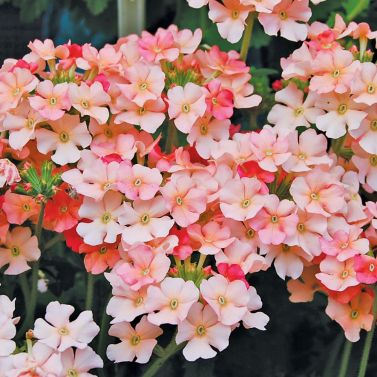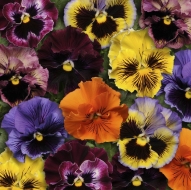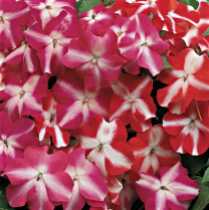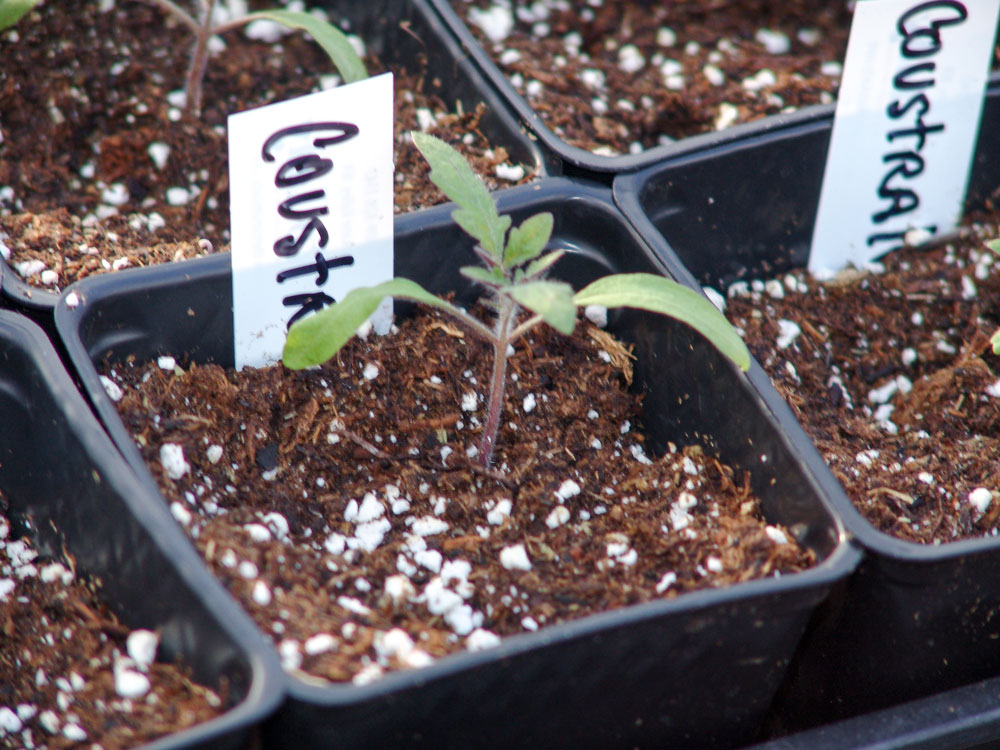 Here is a list of seed companies that I interact with on a regular basis. Good prices, nice selection of varieties, excellent seed quality, and good customer service! (My cat, Samson, has nothing to do with this subject but he sure is cute and is in the garden! Sam is a Maine Coon)
Here is a list of seed companies that I interact with on a regular basis. Good prices, nice selection of varieties, excellent seed quality, and good customer service! (My cat, Samson, has nothing to do with this subject but he sure is cute and is in the garden! Sam is a Maine Coon)
Seeds n Such
I love that this gentleman used to own Totally Tomatoes and decided to retire, which didn’t suit him so he opened up Seeds n Such. One of the nicest things about him is that their shipping is right in line with what it should be and they have a deal whereby if you buy 20 packets of seeds, they are all $1.99. Believe me, it’s easy to find that many things you want.
Tomatofest
Lots and lots of heirloom tomato seeds, some I have never heard of. The really nice thing is they are “local” – California based. Most companies are midwest or eastern based companies. (I love them too, I just like buying local if I can)
Totally Tomatoes
Many, many varieties of tomatoes and peppers. Now they have other veggies. so I guess they aren’t “totally” tomatoes anymore! That’s ok, I like the variations.
Swallowtail Garden Seeds
This is for the flower growers. Veggies are good for your bodies, flowers are good for your soul. They have a nice variety, good prices, and quality seed. I love the pictures on the website, and they are fast!
Geo Seed
I recently found this company. I can’t remember how but am sure glad I did. Prices are phenomenal, customer service outstanding (Dora rocks!) varieties are numerous. Stuff you didn’t know you needed! the only drawback is that they don’t have pictures (but that is what the internet is for, right?) and at this time, you can’t order online. Mere nuisances. They have trade packets and bigger bulk sizes. I’d recommend the trade packets for home gardeners.
Fedco Seeds
I found this company in the last couple of years also. I love that they are a Cooperative and represent seed from a lot of small, independent growers. Great website too, lots of pictures. I found they have seeds with great histories; for instance, I found a winter squash called Uncle David’s Dakota Dessert Squash (a mouthful) on their site. it was passed down forever and as far as I can see, it’s not available anywhere else. it is delicious! Lots of fun stuff!
Irish Eyes Seeds – Located in Ellensburg, WA, Huge selection of potatoes and garlic and other cooler climate veggies.
High Mowing – I ordered from them last week and they have great selection and shipping was surprisingly fast. Out of Vermont.
Baker Seeds Great selection, good prices, and reasonable shipping. Unusual heirloom seeds from all over, rare and exotic seeds from around the world. Two examples: Thai Lavender Frog Egg Eggplant and Sichuan Red Beauty Radish. I have to be honest, some of them are so odd I can’t imagine growing them, like the Sakurajima Giant Radish, considered the world’s largest Radish. it’s white and bigger than my head! Definitely, an entertaining place to visit.
Snake River Seeds – They are new, at least to me, and I have yet to order from them but I will. they have bulk seeds too and they are local to me. In their own words:
“Snake River Seed Cooperative is a collective of family farmers in the Intermountain West who work together to produce a wide diversity of locally-adapted seeds. We believe that sharing seed saving knowledge with farmers in our region is vital to growing a robust, regional seedshed.”
While I can’t name everyone I like dealing with, (actually I could AND include all the links but I do have other things to do today!) here are some other companies I recommend, just search for them on the internet: Parks, Johnny’s Selected Seeds, Victory Seeds, Pase Seeds, Harris Seeds to name a few.
Don’t forget Northwest Seed and Pet. It is the best and biggest gardening store that I know of here in Spokane. They have a HUGE selection of seeds, a lot of which you may not have heard of. They carry their own bulk brand, Burpees, High Mowing, Baker Seeds, Snake River Seeds, Botanical Interests, Irish Eyes and many, many more. Don’t miss their cat, give him a scratch.
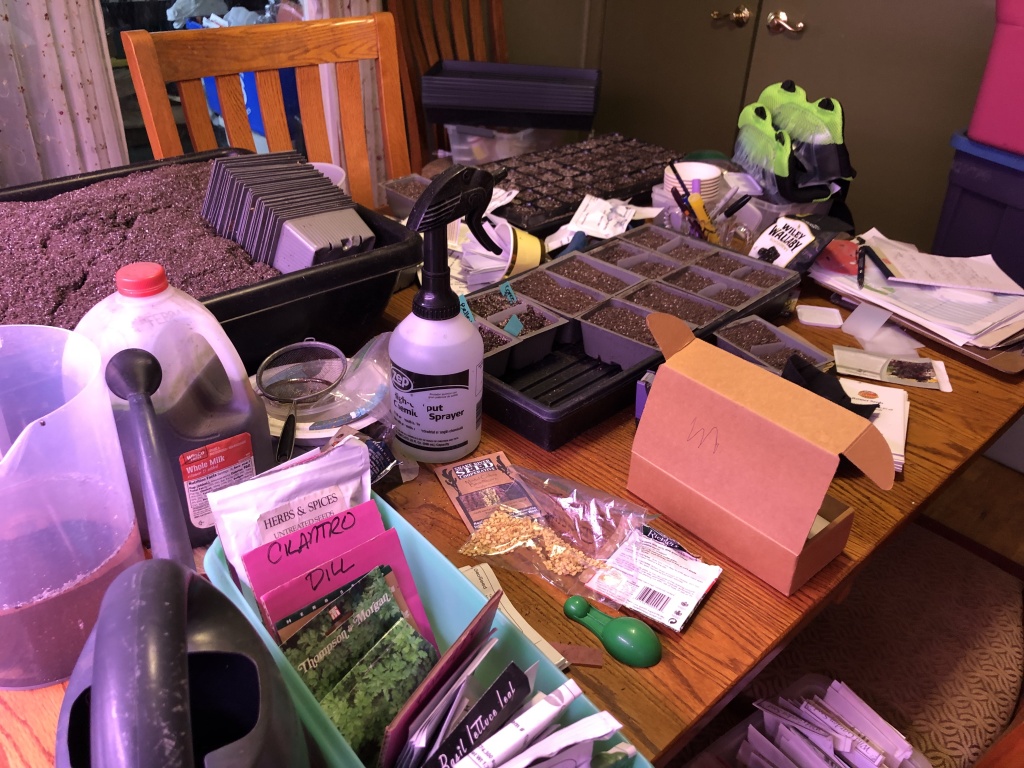
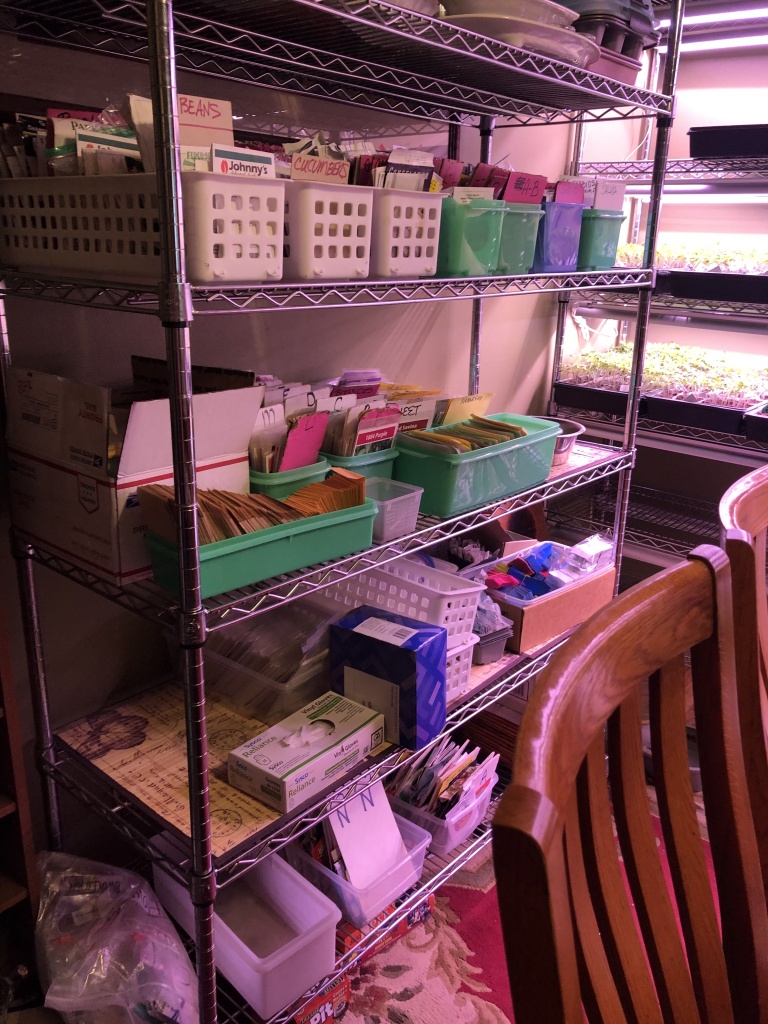
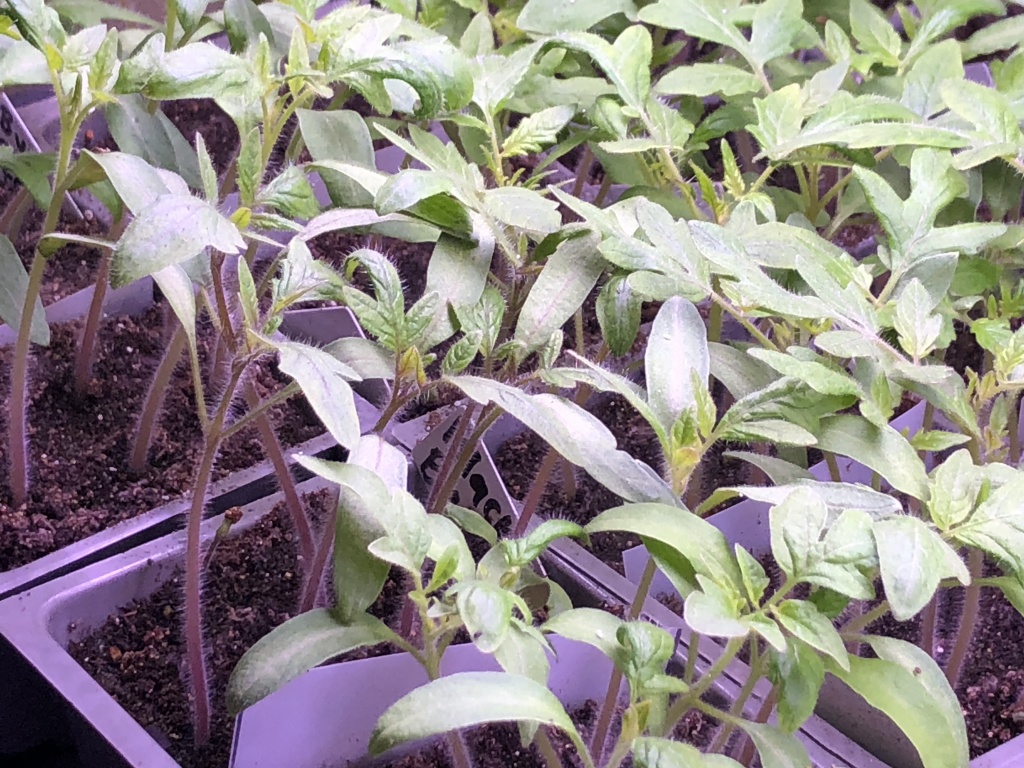

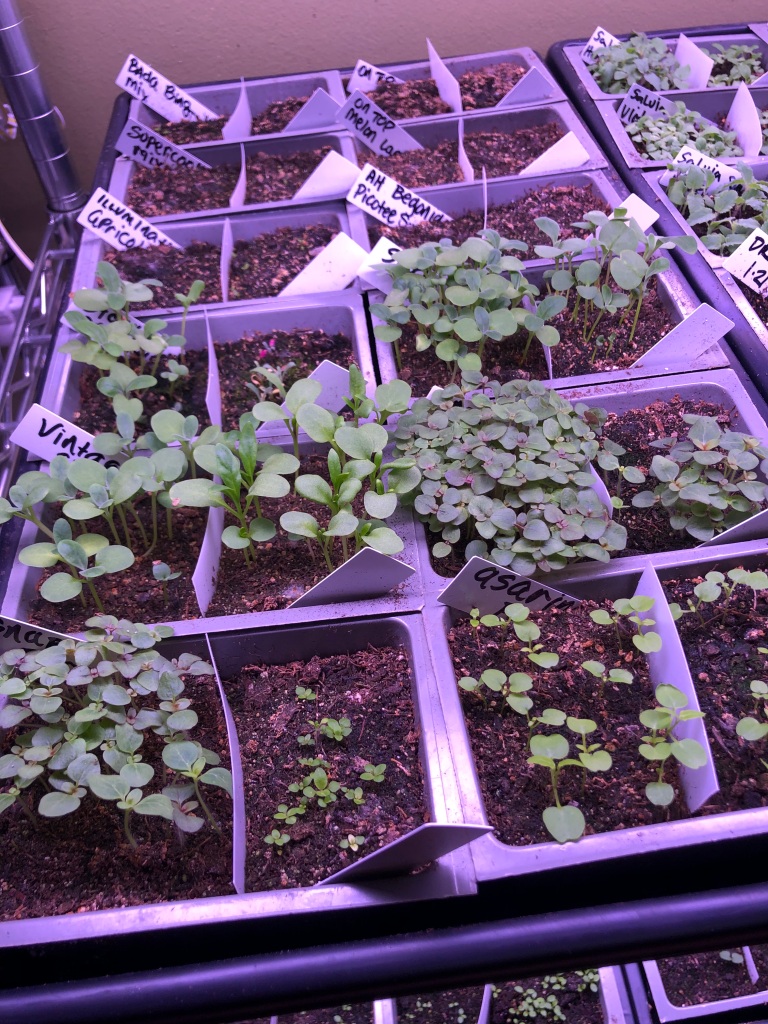
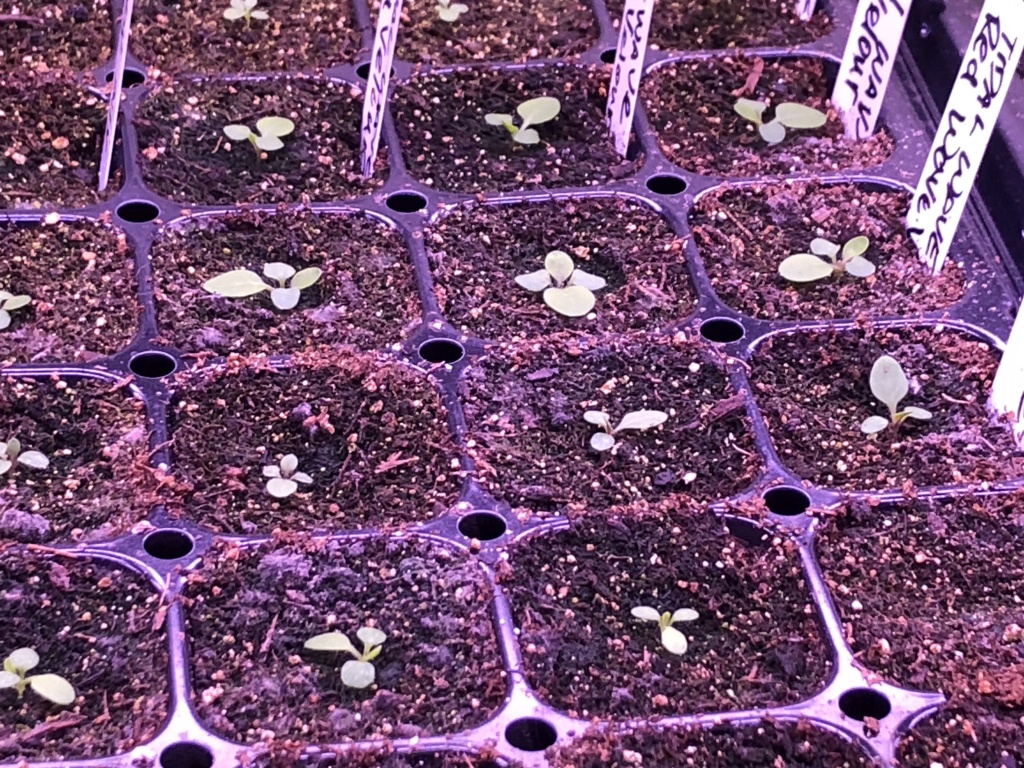
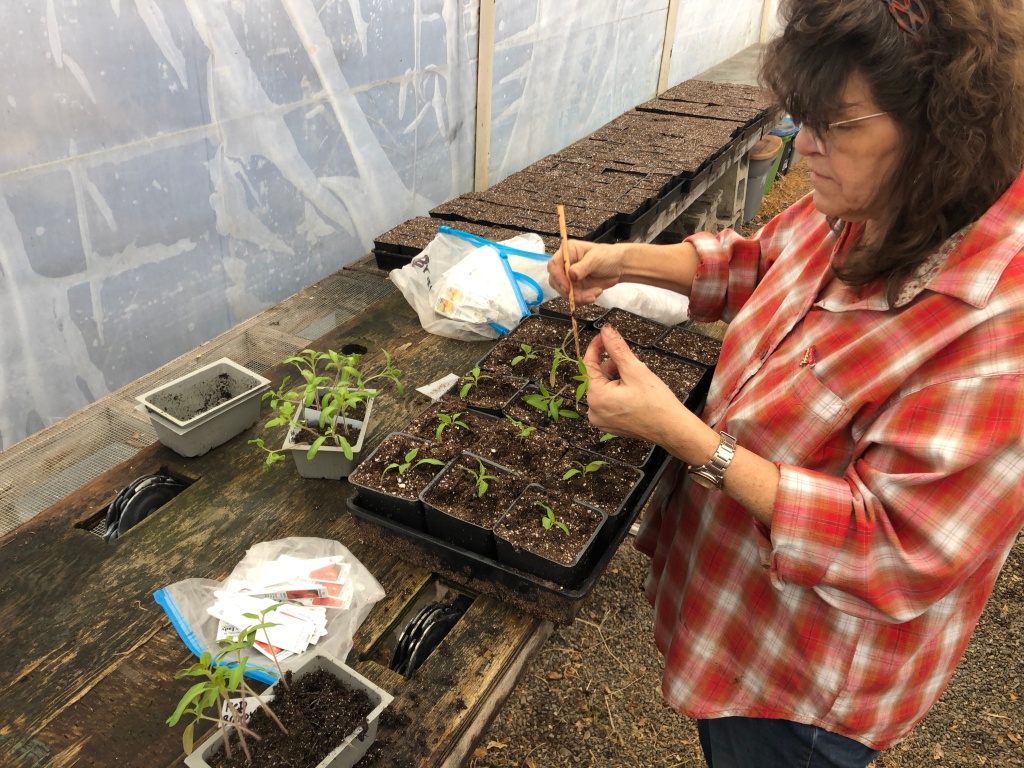
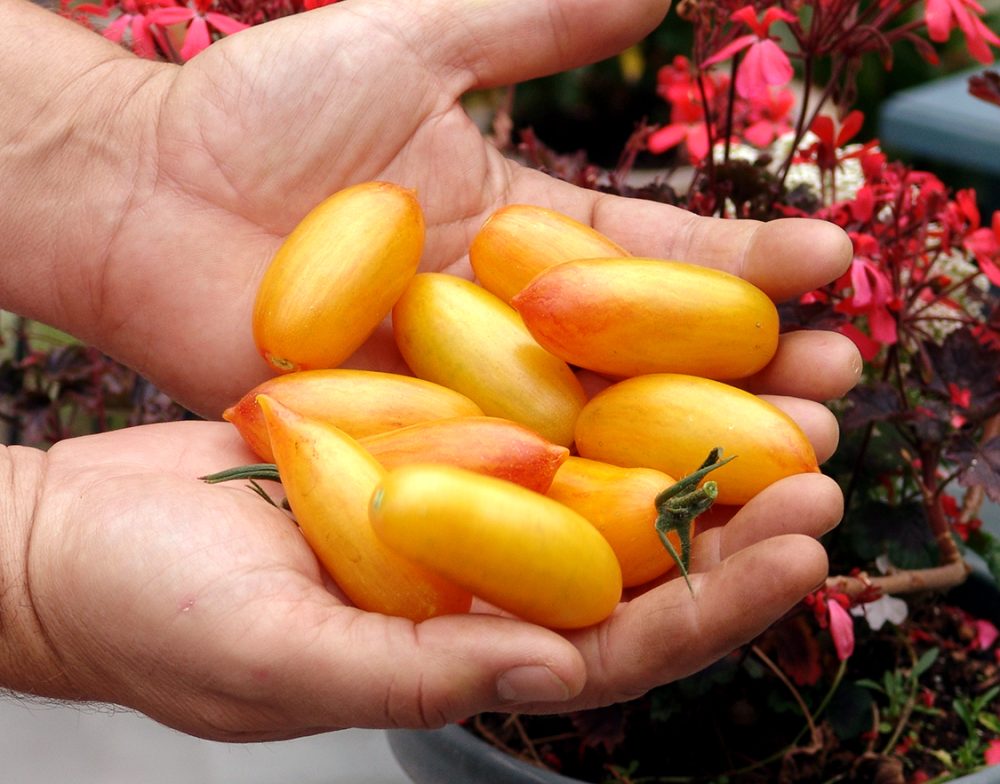

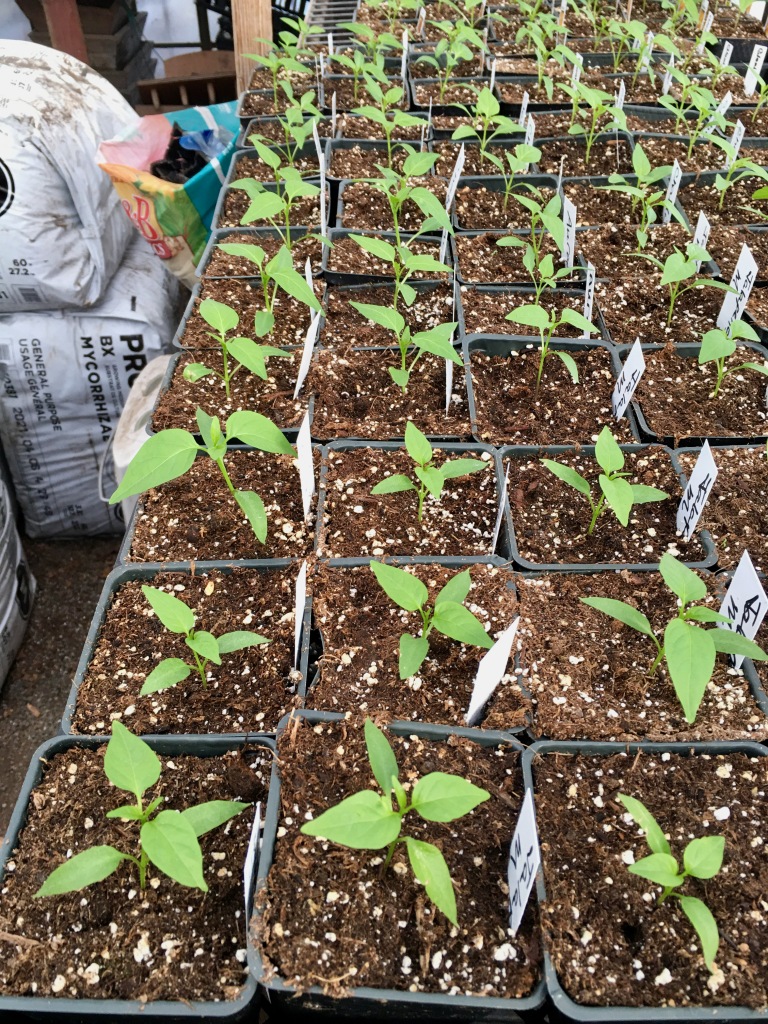


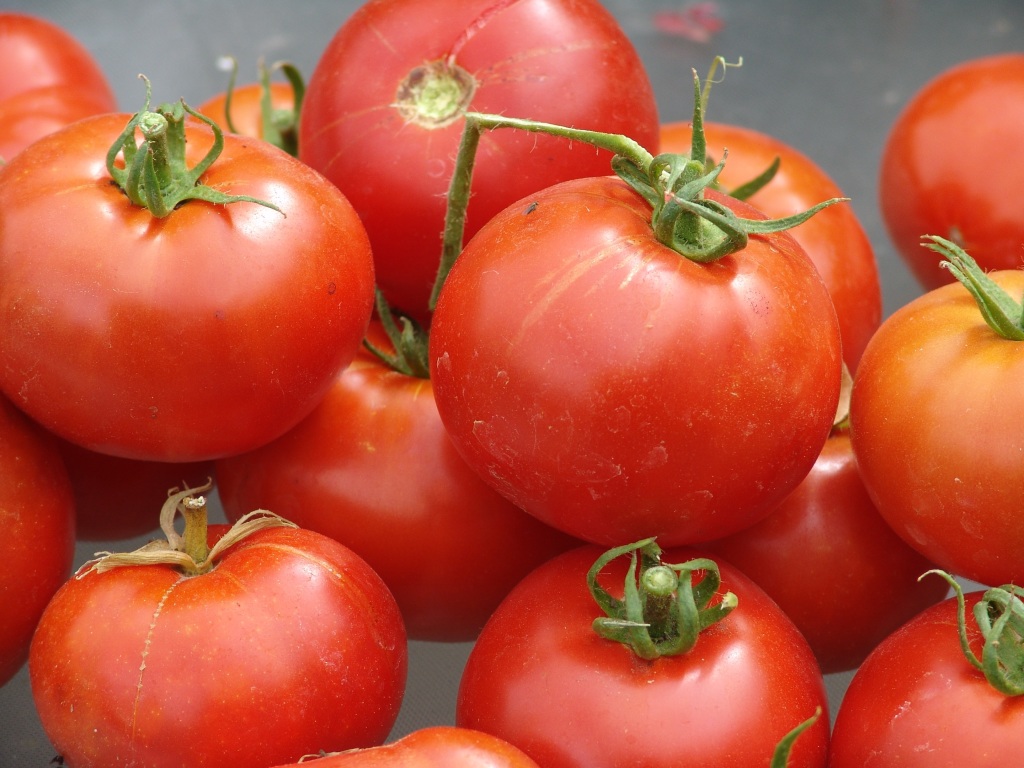

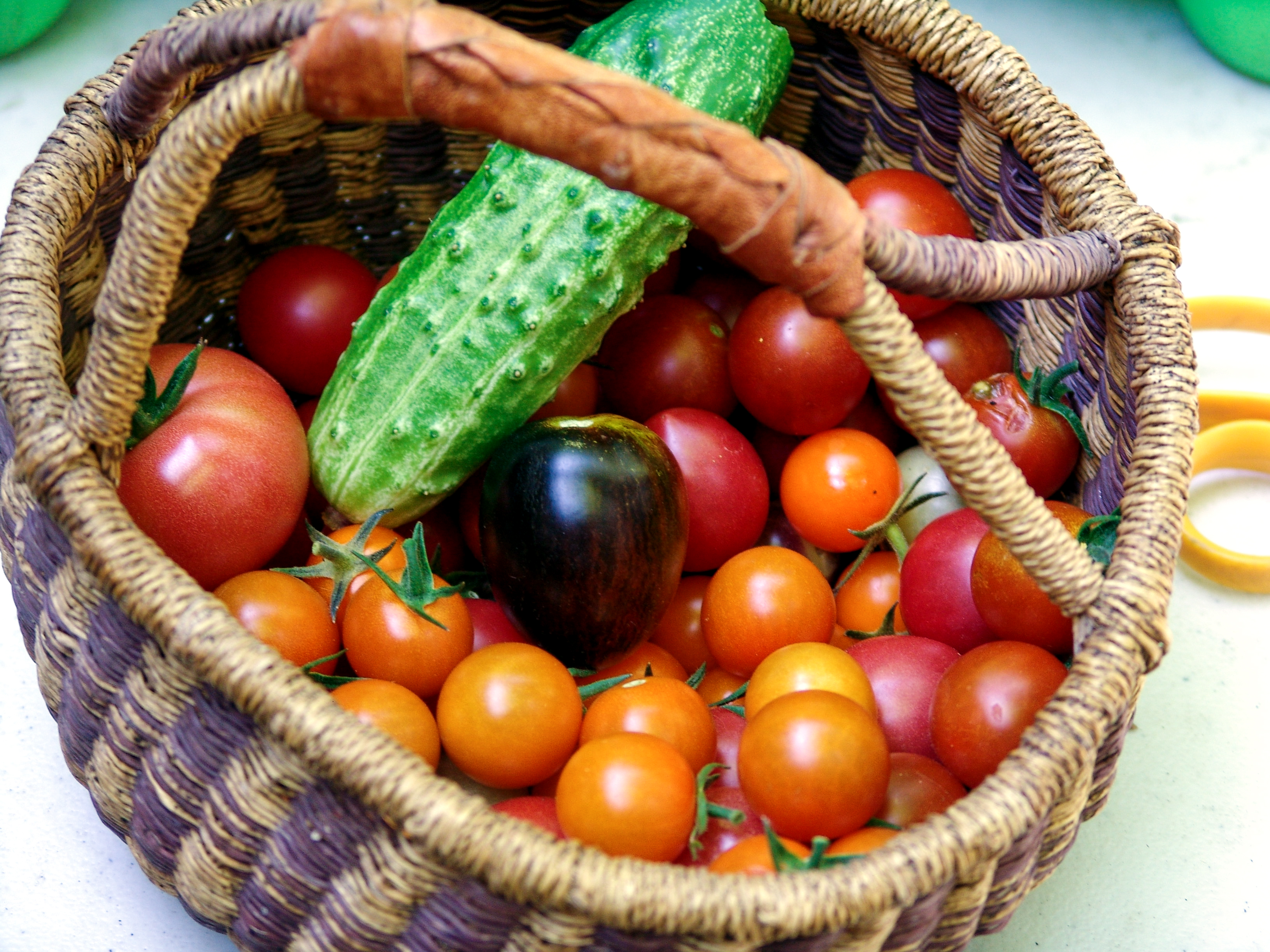






 Here is a list of seed companies that I interact with on a regular basis. Good prices, nice selection of varieties, excellent seed quality, and good customer service! (My cat, Samson, has nothing to do with this subject but he sure is cute and is in the garden! Sam is a Maine Coon)
Here is a list of seed companies that I interact with on a regular basis. Good prices, nice selection of varieties, excellent seed quality, and good customer service! (My cat, Samson, has nothing to do with this subject but he sure is cute and is in the garden! Sam is a Maine Coon)







